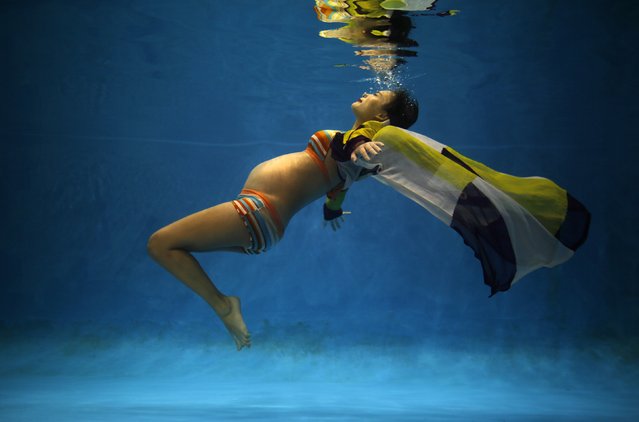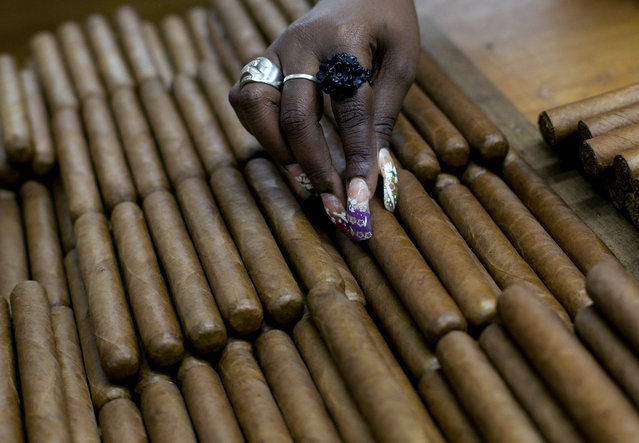
A woman reacts as anti-government protesters place a dead body on a stretcher after violence erupted in the Independence Square in Kiev, in this February 20, 2014 file photo. (Photo by Vasily Fedosenko/Reuters)
14 Dec 2014 12:08:00,post received
0 comments







